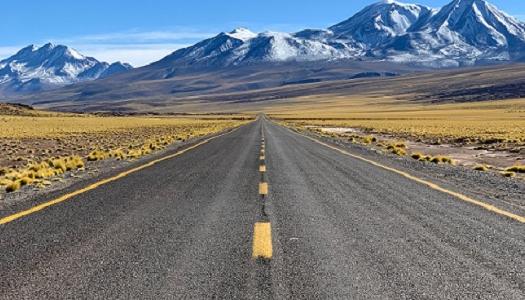Mindfulness and Leadership
Featured
Share online

How my intentions of earth, art, and health relate to mindful leadership
About twelve years ago, I set three intentions for my life: earth, art, and health. As the years have unfolded, I’ve endeavoured to align both my professional and personal life’s work with these three intentions. Attending to all three areas in various ways has helped me to maintain my joie de vivre, as well as my sense of inspiration and creativity.
In addition to these three words, more recently, I have noticed an increasing attention to the connection between mindfulness and leadership. To me, the three intentions of earth, art, and health directly relate.
Cultivating mindfulness
The term mindfulness has several meanings. John Kabat-Zinn popularized the term in his famous 1994 book, “Wherever you go, there you are: Mindfulness meditation in everyday life.” Rooted in the teachings of Buddhism, Kabat-Zinn described mindfulness as: paying attention, in particular way: on purpose, in the present moment and non-judgmentally.
Cultivating awareness not only includes becoming aware of the present moment; it also includes noticing any aversion we may be experiencing to how things are, as well as any wishes for how we would like or prefer the present moment to be. Mindfulness starts with this coming to awareness.
Connections between mindfulness and health are becoming better known—you know it has hit the mainstream when there is a book titled, Mindfulness at Work for Dummies (Alidina & Adams, 2014). Leadership scholar, Kathryn Goldman-Schuyler, also reminds us that rather than becoming a ‘technology’ of stress relief, such practices can develop an understanding of interdependence and impermanence.
There is a well-established connection between mindfulness and the practice of seated meditation. However, seated meditation is not the only pathway to mindful awareness. Mindfulness can also connect to the three intentions I offered at the outset: earth, art, and health. Health is perhaps the most obvious. Some people find that jogging, swimming, walking, cycling, practising yoga, or many other activities can activate mindfulness of breath and body.
In addition, being in and learning with nature is another great way to cultivate mindfulness. Nature can activate all the senses in a refreshing way: there are so many colours and species to observe, so many sounds to hear, sensations to perceive, and so on. I feel grateful to work on such a gorgeous campus where the forest and waterfall meet the ocean, and gardens surround a castle.
Similarly, engaging with the arts (poetry, visual arts, dance) can support us in deepening into the present moment through focused concentration, while allowing pre-conscious thoughts to emerge to the surface through symbolism and imagery (Davis-Manigaulte, Yorks & Kasl, 2006). One of my personal favourites, singing in a choir, can also activate a greater sense of harmony with humanity. The point is: there are many approaches to mindfulness that allow for greater self-awareness, joy, calm, peace, and presence.
Leaders craving mindfulness
Teaching in a secular University, I am mindful (ha!) of how, when, and whether I introduce students to mindfulness practices. When I do, we tend to have conversations about how people understand spirituality to differ from religion and how leaders can link mindfulness practices to their own cultivation of personal mastery. I encourage leaders to develop their own personal leadership practices in order to better support their work as leaders. After all, in his work on Theory U, Otto Scharmer suggests that this is essential for addressing today’s complex challenges: the challenges we face require us to become aware and change the inner place from which we operate.
Rather than rejecting this conversation, I have noticed that many leaders are craving it! In our world where information is coming at us from all directions, at all hours of the day or night, and in seemingly increasing volumes, leaders are seeking off-ramps from this fast-moving information highway in order to recharge, develop resilience, and protect their own and their family’s health and well-being. After all, well-being is correlated to higher performance, as my colleague Wanda Krause describes. In the School of Leadership Studies, we also take intentional steps to value our collective well-being. We breathe together. We eat together. And these intentional acts of connection support us in working together better.
Whether you already practice mindfulness or are curious to learn more about how we practice mindfulness in the Master’s of Leadership program, the Master’s of Global Leadership program, and at our upcoming Leadership 2020 conference, please contact me.
References:
Alidina, S., & Adams, J. (2014). Mindfulness at work for dummies. West Sussex, UK: John Wiley & Sons.
Davis-Manigaulte, J., Yorks, L. & Kasl, E. (2006). Expressive ways of knowing and transformative learning. New Directions for Adult and Continuing Education, 109, 27–35.
Goldman-Schuyler, K. (2019, October 15). What leaders can learn from seers. Mindful leader. Retrieved from https://www.mindfulleader.org/blog/32084-what-leaders-can-learn-from-seers
Kabat-Zin, J. (1994). Wherever you go, there you are: Mindfulness meditation in everyday life. New York, NY: Hyperion.
Scharmer, C. O. (2007). Theory U: Leading from the future as it emerges. Cambridge, MA: Society for Organizational Learning.